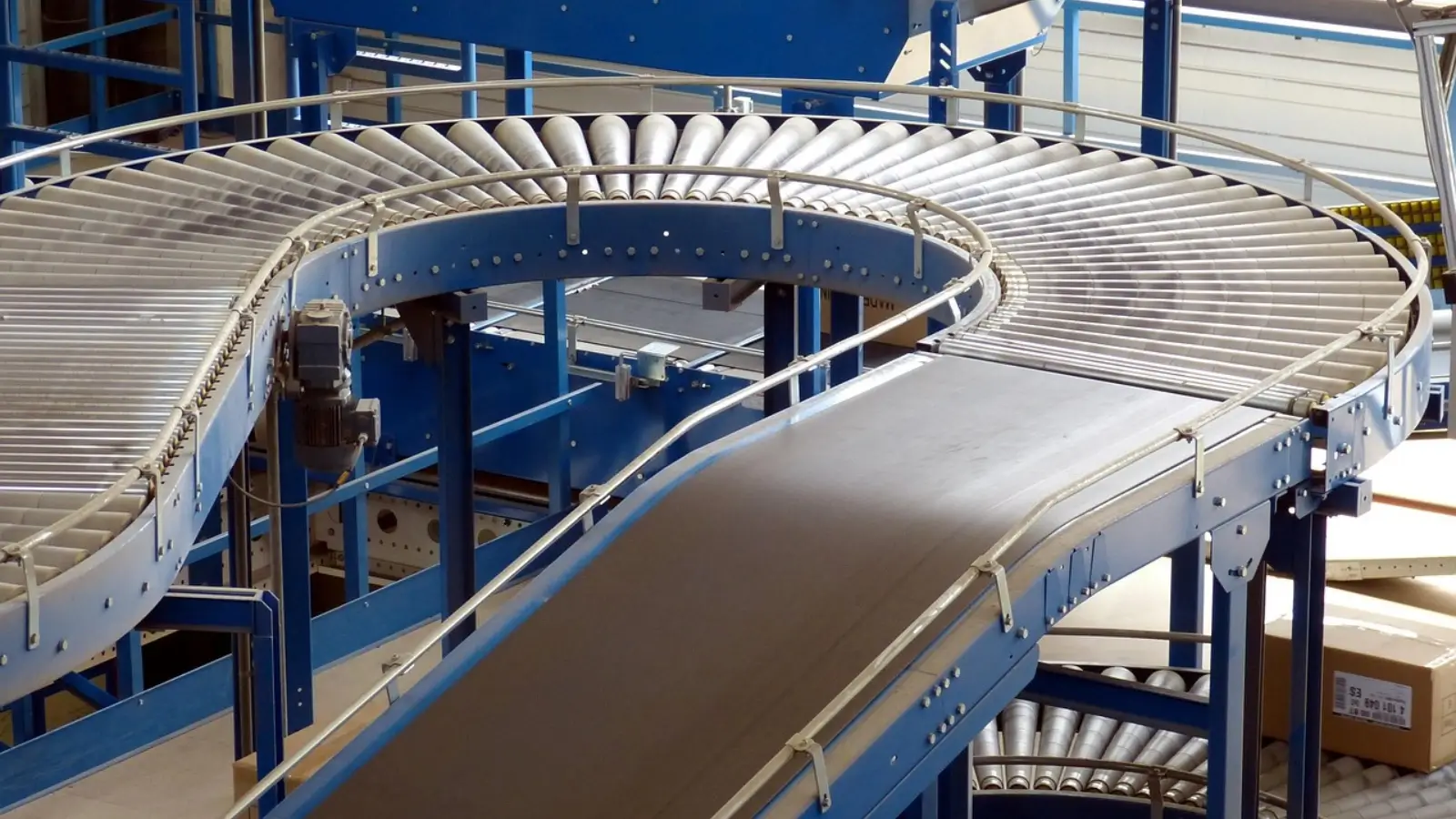


Fast and steady movement keeps orders on time, and belt based transport makes that happen across busy networks. Newer setups go beyond simple movement and use sensors, control software, and automated routines to shift items quickly.
As markets grow, the push for smooth, low friction handling keeps rising. Lines that use connected tools not only improve flow, but also trim power use and daily costs. The effect shows up in plants, storage halls, and shipping hubs where each second matters.
Early rigs focused on taking items from point A to point B. Over the years, better frames, tougher surfaces, smarter controllers, and networked dashboards have changed how large volumes pass through busy sites. Upgrades in rollers, drives, and coatings helped lift reliability while keeping movement smooth during long shifts.
Change did not stop at materials. Modular frames and quick swap sections made it easier to rework layouts for new product mixes. Facilities can rearrange paths, add sections, or reroute flow without long shutdowns. What used to feel fixed now acts like a living system that adapts as demand swings.
Instantaneous control raises the pace while keeping motion steady, so thousands of units clear a zone in far less time. Careful coordination further reduces pauses and keeps the path open, which limits queues and idle minutes. Exact placement matters just as much. Programmed logic keeps spacing even, sends items to the right lane, and prevents bumps. Software also keeps results repeatable, so teams see reliable outcomes shift after shift.
Real visibility changed how crews watch their freight. Intelligent detectors read labels, check mass, confirm location, and send updates to a central screen. Supervisors get a single view of where each carton sits and how well the route performs at any moment. Alerts flag pinch points so teams can adjust speeds or switch paths before a jam. This early warning style keeps promises to customers and builds trust in the daily routine.
Power draw sits under close review in many sites. Efficient motors and lighter moving surfaces cut electricity use while keeping output strong. Over time, these choices reduce waste and keep utility bills in check. The best part is that Wire Belt gear also supports footprint goals and hygiene standards. This leads to greener practices and lower risk of penalties.
Protecting people on the floor remains a priority. Lines with emergency stops, interlocks, guards, rounded edges, and clear signs lower the chance of injury. Simple access for cleaning and service helps crews work with confidence and keeps equipment in good shape.
Cutting mix ups further saves time and money. Gentle motion and guided routing also protect goods from damage and wrong turns. Fewer do overs mean less scrap, fewer returns, and a smoother path to profitability.
Growing output calls for gear that expands with the business. Solid belts accept higher volumes and allow quick layout changes as buildings add new zones. This prevents full replacements each time capacity rises and keeps projects within budget.
Linking with other tools pushes expansion further. When carriers sync with robotic pickers, vision systems, or advanced sorters, the whole setup acts like one platform. Such teamwork lets sites add lanes and stations without breaking daily routines or service levels.
Belt based transport has become more than a way to shift items from one place to another. With automation, sensing, and power efficient designs, these setups shape the pace and dependability of full logistics networks. Their ability to improve placement, reduce risk, and trim spend makes them essential in plants, storage sites, and distribution hubs alike.